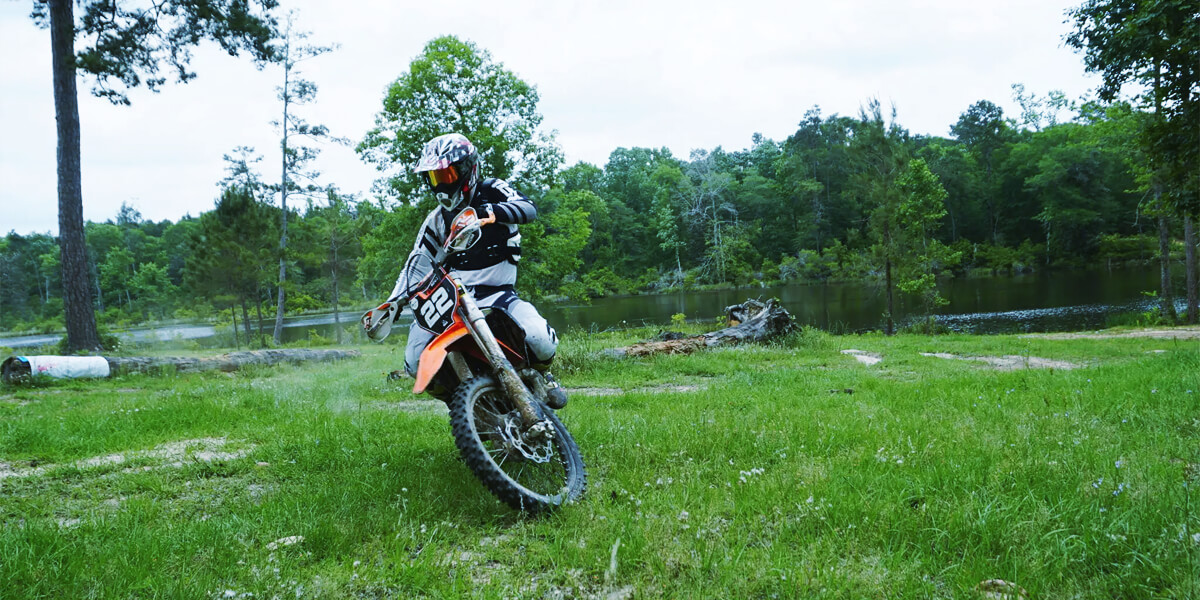Who hasn’t felt the adrenaline rush of throttling up a dirt motorcycle on a rugged trail? If you’re here, it’s likely because you’re craving more of that exhilarating speed. Perhaps you’re wondering how to make a dirt bike faster. Maybe you want to leave your buddies eating your dust, or you’re just looking for an edge in your next race. Whatever the reason, understanding how to soup up your off-road motorcycle can take your riding game to the next level. So, let’s delve into the nuts and bolts of how to rev up your bike’s performance.
Basic maintenance
If your off-road two-wheeler isn’t in top shape, even the most state-of-the-art, speed-enhancing upgrades won’t do much good. Regular maintenance is the unglamorous yet essential part of ensuring your off-road motorcycle performs at its peak.
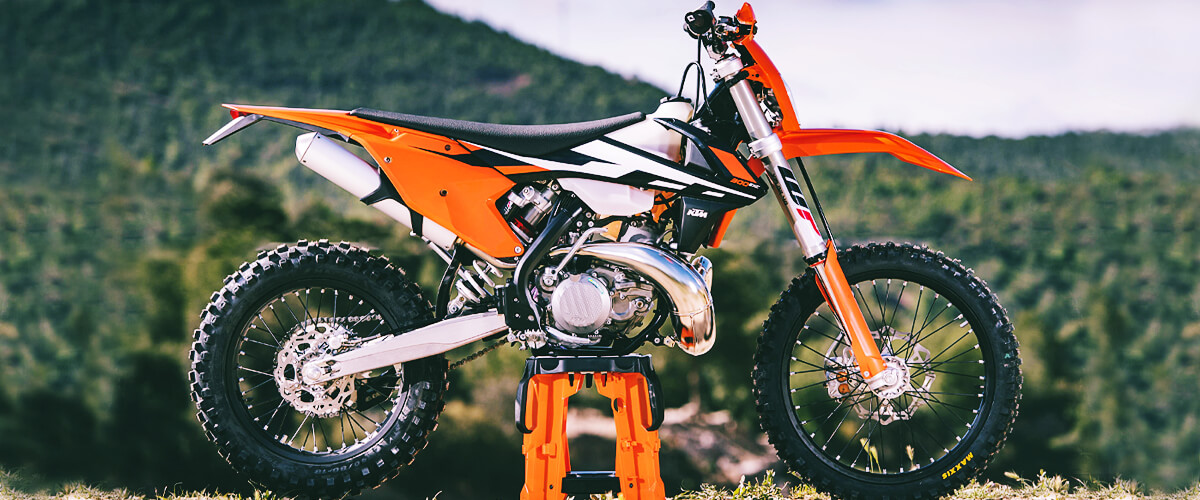
Oil changes
Oil lubricates the engine, reducing friction between parts, which can indeed increase motorcycle horsepower. So, make sure you’re not skimping on those oil changes. The owner’s manual that came with your bike is your friend here, as it will provide you with all the details on when and what type of oil to use.
Air filter
A clean air filter ensures that your engine gets all the oxygen it needs to burn fuel efficiently. But a dirty one? It’s like trying to run a sprint with a stuffy nose – not the best scenario, right? Regularly replacing or cleaning your air filter will give your bike a noticeable power boost.
Carburetor
A carburetor mixes the right amount of gasoline with air to create a combustible mixture, which is then ignited in the engine to power the vehicle. A well-tuned carburetor will improve throttle response, giving you more control and power when you need it the most.
Chain tension
If chain tension is off, even by a bit, it can cause a loss of power and acceleration. Regularly checking and adjusting your chain tension keeps your motorbike running smoothly and responsively.
Exhaust system upgrades
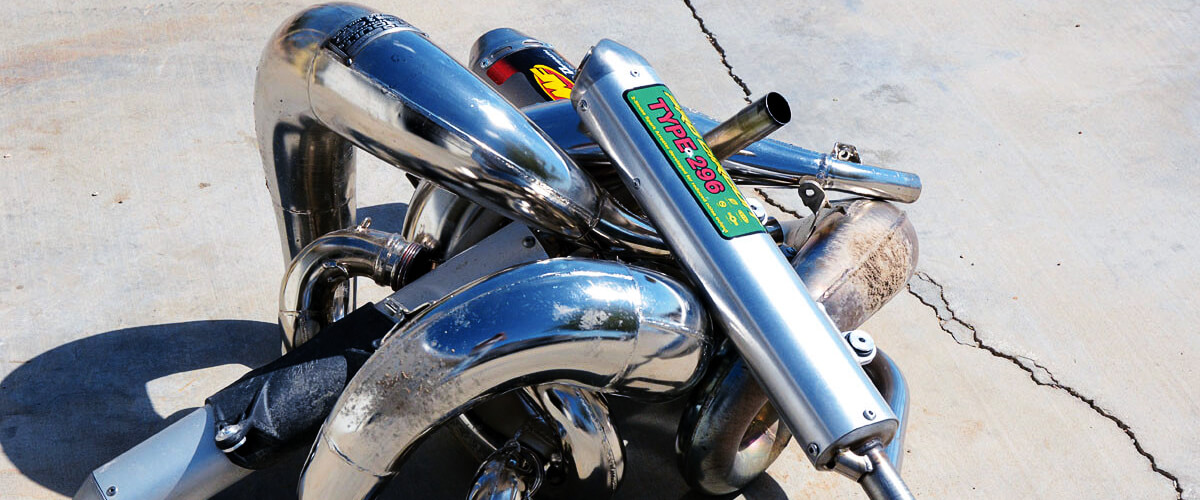
Upgrading your exhaust system can be a game-changer in improving dirt bike performance. But why, you might ask? Simply put, a well-designed exhaust system allows your engine to breathe easier, expelling exhaust gases more efficiently. This improved “exhale” can lead to a more powerful “inhale” of fresh air, fueling better combustion and, ultimately, more power.
There are primarily two types of exhaust systems you might consider. The first is the ‘slip-on’ system. It replaces only a portion of your exhaust system, typically the muffler, giving a modest performance boost and that throaty sound we all love. It’s generally an easy and cost-effective option for beginners.
On the other end of the spectrum, we have the ‘full system’ exhaust. It replaces the entire exhaust system, usually providing a more significant performance boost than the slip-on. However, it’s also more expensive and complex to install.
When it comes to installing and tuning your new exhaust system, patience is key. Ensure you follow the manufacturer’s instructions, and don’t be shy to seek professional help if needed. Tuning might require some trial and error to find the sweet spot that maximizes performance without causing damage.
Engine performance modifications
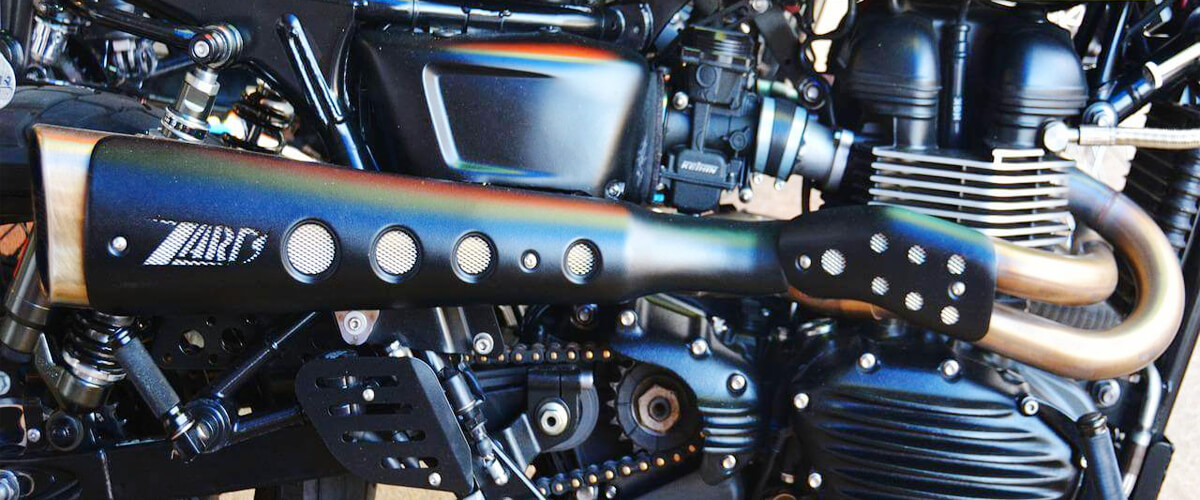
If you’re really serious about your need for speed, then it’s time we talk about engine modifications. Like the heart of your off-road vehicle, the engine is where all the magic happens. With a few tweaks here and there, you can coax out more power, letting you ride a dirt bike faster and more powerfully than ever before.
Let’s start with cylinder porting. This technique involves modifying the engine’s intake and exhaust ports, improving the flow of gases. It’s a bit like yoga for your engine, helping it breathe easier and, thus, perform better.
Next, consider high-compression pistons. They alter the compression ratio of your engine – which is essentially how tightly the air-fuel mixture is squeezed before ignition. The higher the squeeze, the more powerful the explosion, and voila, you have more power.
Then there are camshaft upgrades. The camshaft defines when and how the valves open. A different camshaft can change this timing, potentially increasing power, and speed.
Now, modifying your engine isn’t a walk in the park. It requires a decent understanding of your bike’s inner workings and a fair bit of mechanical skill. If you’re not confident in your abilities, it’s always better to enlist the help of a professional. And remember, whenever you make changes, test your beast in a safe environment before hitting the trails.
Suspension upgrades
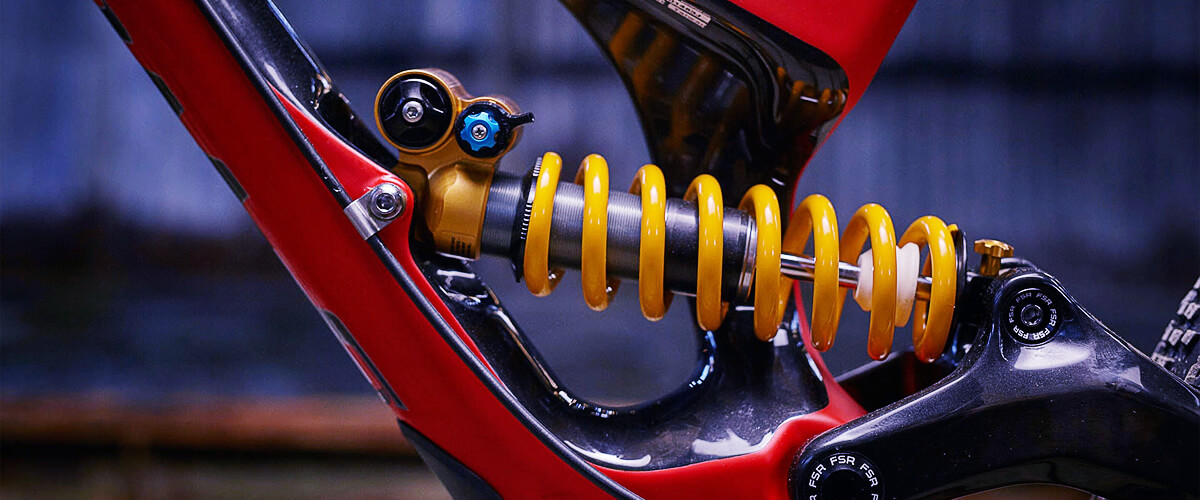
Now, onto something that’s often overlooked in the pursuit of speed – suspension. You might be wondering, how does suspension factor into off-road motorcycle upgrades for speed? An upgraded suspension system can absorb the bumps and jumps better, keeping your wheels on the ground and pushing you forward faster.
There are several types of suspension dirt bike upgrades to consider. Upgraded shocks, for instance, can offer improved handling and traction, especially on rough off-road terrains. Fork springs help balance the weight and absorb impacts. Depending on your weight and riding style, different springs can be firmer or softer. Also, upgrading to a high-quality wishbone system will improve your vehicle’s stability and handling.
As for choosing and installing suspension upgrades, consider your weight, riding style, and the terrain you typically ride on. And while installing suspension components can often be done with basic tools, it’s always wise to consult a professional if you’re unsure. After all, the suspension plays an important role in not just speed but also safety.
Air intake upgrades
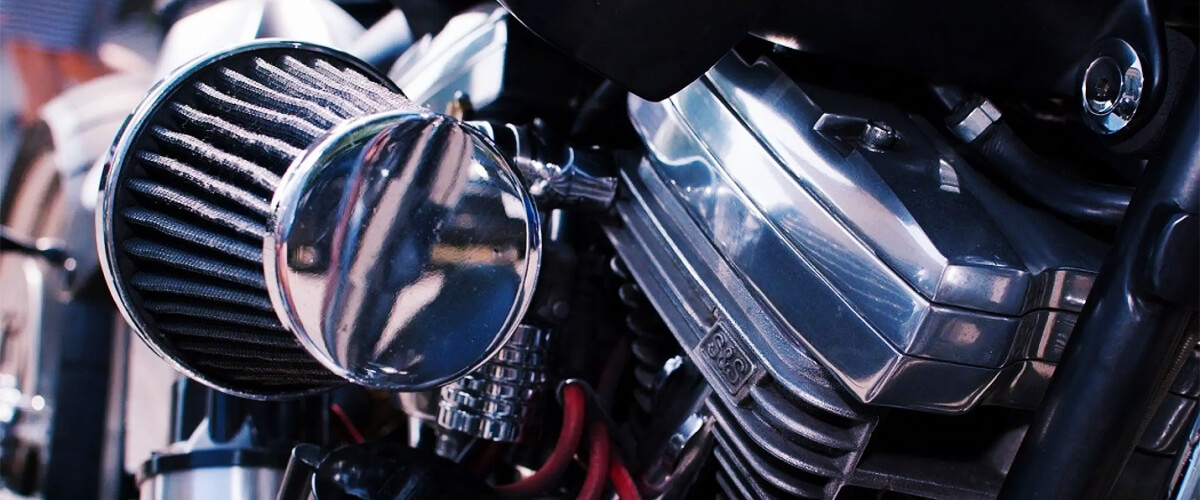
This part of the modernization is important for dirt bike tuning and can make a significant impact on your off-road performance. Because the bigger the intakes are, the more air your engine can inhale. More air means more fuel can be burned, which equals more power.
So, how can you upgrade your air intake? High-capacity air filters are one of the options to consider. They allow more air into your engine while still keeping out dirt and other particles.
Another option for your consideration is speed stacks. These devices smooth out the air entering your carburetor or throttle body, helping your engine breathe easier and perform better.
If you would like to make air intake upgrades, you’ve got to understand that each motorcycle is a bit different. Always follow the manufacturer’s instructions and consult a professional if unsure. Remember, changes to your air intake might require adjustments to your fuel system to maintain the ideal air-fuel mix.
Weight reduction
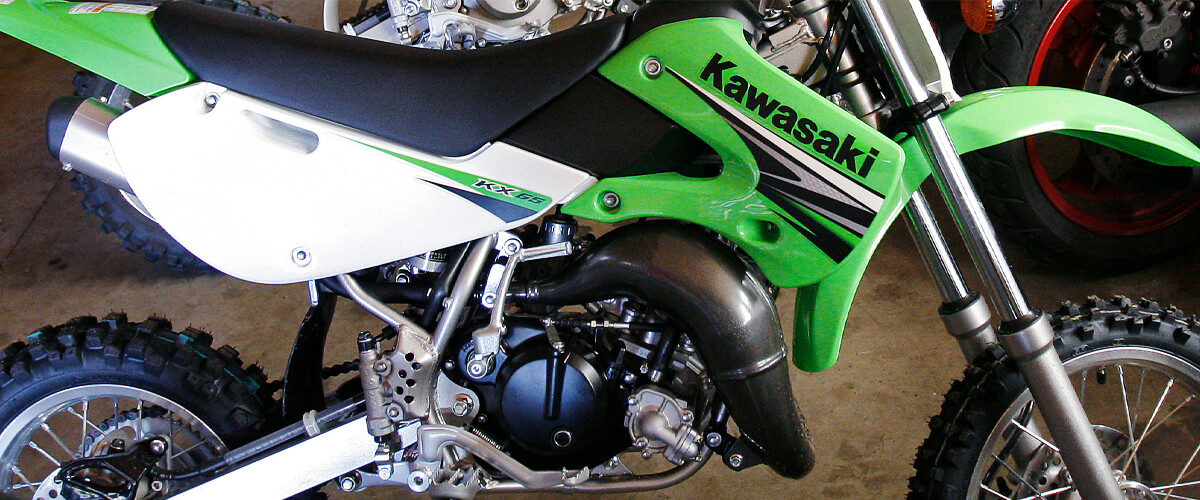
When it comes to ways to improve dirt bike speed and handling, one principle stands out – less is more. Yes, I’m talking about weight reduction. A lighter off-road two-wheeler can rev up to higher speeds and handle those twists and turns with more agility.
So, how can you put your off-road motorcycle on a weight-loss plan? First, you can replace heavy components with lighter ones. For instance, swapping out a steel sprocket for one made of aluminum can shed some valuable pounds. You might also consider a lighter exhaust system or even lighter bolts and nuts – every ounce counts!
Also, think of removing non-essential parts. Do you really need that toolbox or extra-large mudguard for your typical rides? If not, off they go. But remember, safety comes first. Don’t remove anything that might compromise your or your bike’s safety.
When embarking on a weight reduction mission, balance is key. Reducing weight can indeed enhance speed and handling, but not at the cost of durability or safety. Always consider the trade-offs and ensure the modifications suit your riding style and terrain.
FAQ
Will upgrading the exhaust system void my bike’s warranty?
The warranty question is a common concern when it comes to motorcycle upgrades. The answer isn’t as straightforward as we’d all like. It largely depends on your vehicle’s manufacturer and the specific terms of your warranty. Some warranties might be voided if any modifications are made, while others might only be affected if a problem arises due to the modification. When in doubt, it’s always best to check with your bike’s manufacturer or dealer before proceeding with any upgrades.
Can I use aftermarket parts from different manufacturers on my dirt bike?
In the world of off-road motorcycle tuning, variety is indeed the spice of life. It’s generally possible to use aftermarket parts from different manufacturers on your motorcycle. However, compatibility is key. Not all parts fit all bikes, and even when they fit, they might not necessarily work well together. So always ensure the parts you’re considering are compatible with your specific motorcycle model and each other.
Will making modifications to my dirt bike affect its resale value?
Modifications can indeed influence your vehicle’s resale value, but whether it’s for better or worse depends on several factors. Well-done, high-quality mods can potentially increase the value, especially if they improve performance or durability. On the other hand, poor-quality dirt bike mods or those that significantly alter the bike’s original state might decrease the value. A good rule of thumb is to keep any original parts you replace. That way, you can offer them to a potential buyer, giving them more options.
Should I consider any legal issues before modifying my dirt bike?
Absolutely! Legal considerations are important when undertaking any modifications. Certain mods, like loud exhaust systems or engine modifications, might not be legal in all areas, especially for street riding. Always check local laws and regulations before proceeding with any mods. After all, it’s no fun revving up your newly-upgraded bike just to find yourself in hot water with the law!
Can I make my dirt bike faster using a different fuel type?
In some cases, yes, using a different fuel type might give your off-road motorcycle a bit of a speed boost. For instance, racing fuels or fuels with a higher octane rating can potentially improve performance. However, not all engines are designed to handle all fuel types. Using incompatible fuel can damage your engine. Always refer to your owner’s manual for the recommended fuel type for your bike, and consult a professional if you’re considering a switch.

